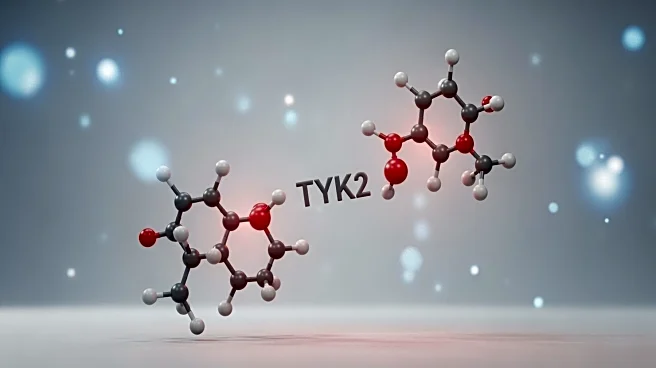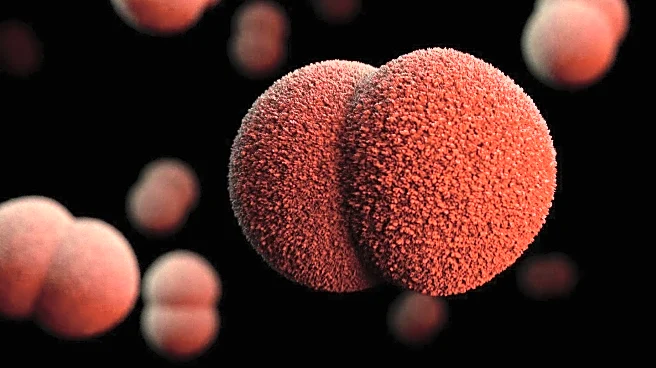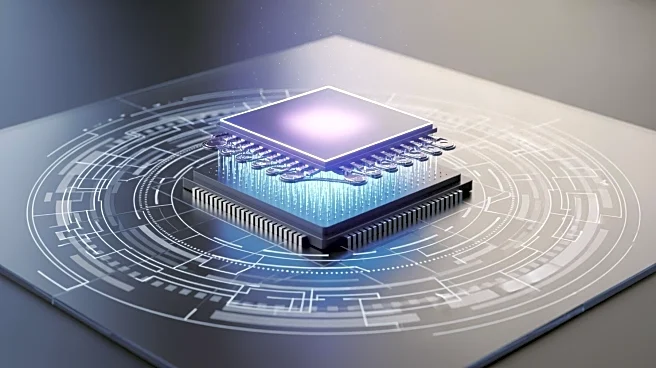What's Happening?
A new Bayesian approach has been introduced to achieve atomically-precise localization in fluorescence microscopy. This method, known as DIGIT, refines single-molecule localization microscopy (SMLM) by
mapping emitter positions onto discrete lattice sites, significantly enhancing localization probability and precision. The approach utilizes a Bayesian statistical process to update initial probability distributions, allowing for sharper peaks at atomic lattice sites. This advancement enables massively parallel imaging with sub-angstrom precision, providing unprecedented accuracy in visualizing molecular structures.
Why It's Important?
The ability to achieve atomically-precise localization in fluorescence microscopy represents a significant leap forward in imaging technology. This precision is crucial for fields such as nanotechnology and molecular biology, where understanding the exact positioning of molecules can lead to breakthroughs in material science and drug development. The DIGIT approach offers a scalable solution for high-resolution imaging, potentially transforming research methodologies and enabling new discoveries in molecular interactions and cellular processes.
What's Next?
The implementation of DIGIT in research laboratories is expected to enhance the capabilities of fluorescence microscopy, allowing scientists to explore molecular structures with greater detail. This could lead to new insights in areas such as quantum computing and biomolecular engineering. As the technology is adopted, further refinements and applications are likely to emerge, expanding its use across various scientific disciplines.
Beyond the Headlines
The ethical implications of advanced imaging technologies include concerns about the potential misuse of detailed molecular data, particularly in areas such as genetic engineering. Researchers must consider the broader impact of these technologies on privacy and security, ensuring responsible use in scientific and commercial applications. Additionally, the integration of DIGIT into existing imaging systems may require new standards and protocols to maintain accuracy and reliability.











